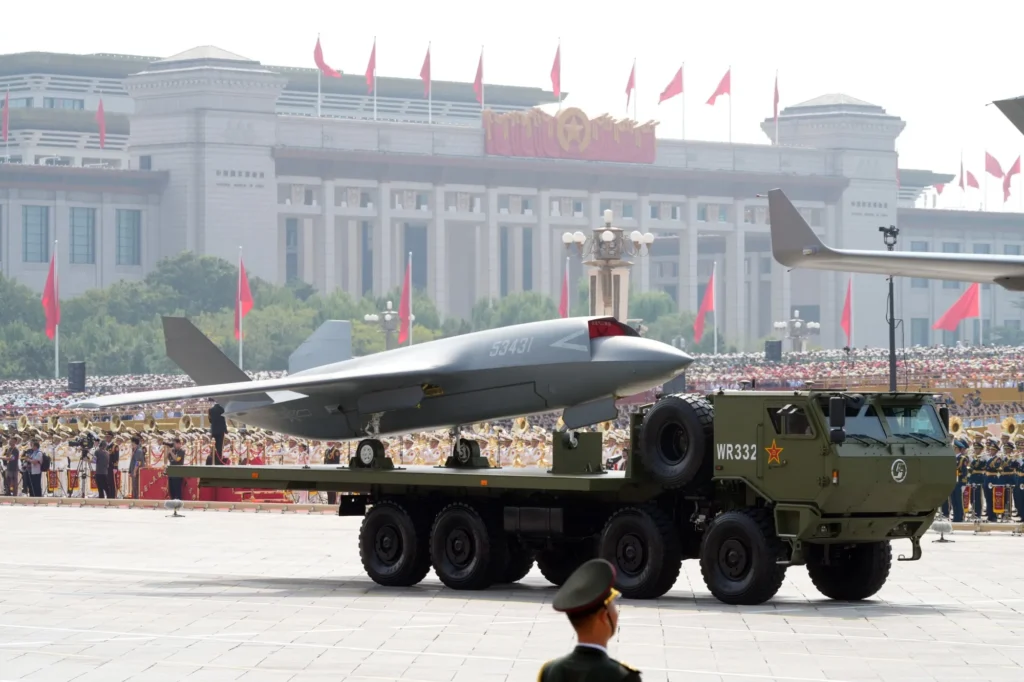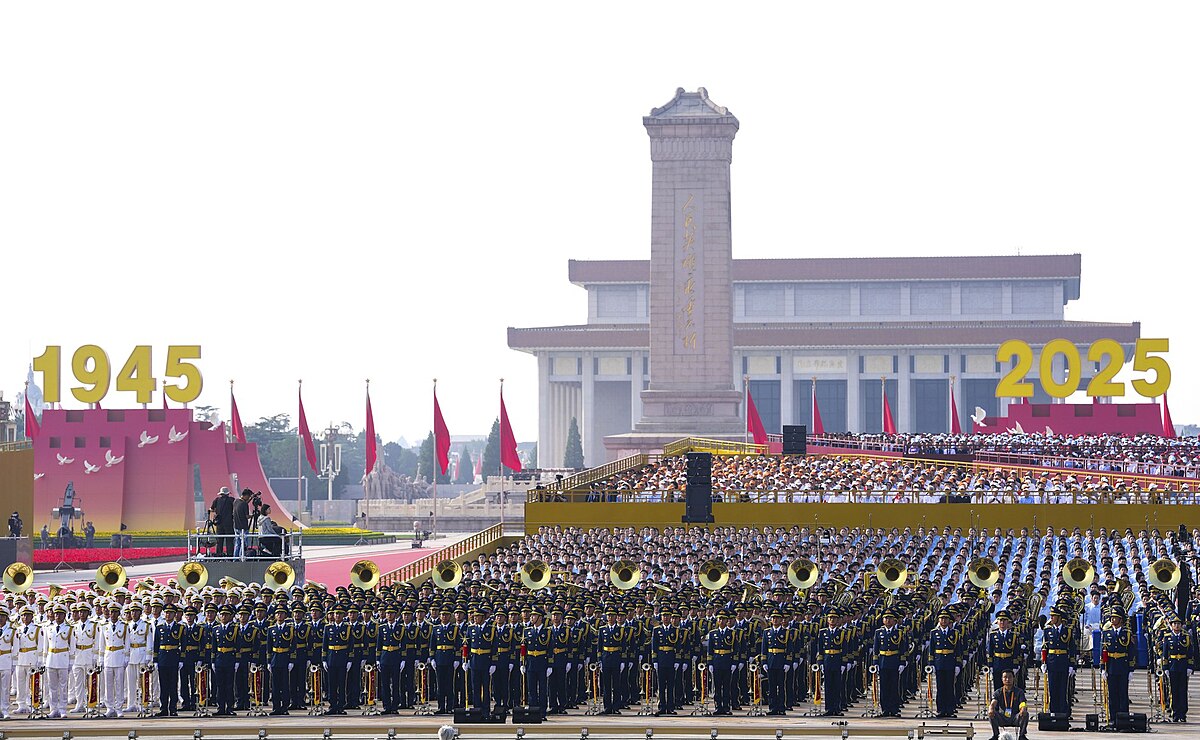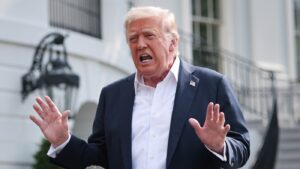Beijing, September 4, 2025 — China showcased its military strength in a grand display in Beijing today, marking the 80th anniversary of the end of World War II. The parade, the largest in the country’s history, featured rows of highly trained troops, advanced armored vehicles, and aerial formations, sending a powerful signal to the global community. President Xi Jinping, standing alongside international leaders including Russia’s Vladimir Putin and North Korea’s Kim Jong-un, projected an image of growing strategic unity among nations seeking alternatives to Western influence.
Observers note that China is deliberately presenting itself as a champion of authoritarian governance, emphasizing sovereignty and economic cooperation over liberal democratic norms.
The presence of leaders
The presence of leaders from Belarus, Iran, and Myanmar at the event highlights China’s ongoing efforts to solidify diplomatic and economic ties with countries often at odds with Western powers. Analysts argue that this emerging bloc represents a significant shift in the global balance of power. By fostering alliances that emphasize shared economic and security interests, China is signaling its intent to expand its influence across multiple continents. Experts caution that such coordinated moves by these nations may challenge the United States and European powers in arenas ranging from trade negotiations to military posturing.

While the parade itself captured headlines, the underlying message is broader and more strategic. China’s leadership is promoting a model that may appeal to other authoritarian regimes seeking alternatives to Western economic or political systems. The demonstration of cutting-edge technology, from missile systems to AI-driven surveillance tools, reflects China’s commitment not only to military prowess but also to technological supremacy. Global observers suggest that this approach may encourage other nations to pivot toward China-led initiatives in trade, infrastructure, and defense.
Another major global concern looms
Amid geopolitical maneuvering, another major global concern looms: climate change. A recent study published in Nature has revealed significant limitations in carbon capture and storage (CCS) technology, previously considered a key tool for mitigating global warming. Researchers found that many underground geological formations are unsuitable for long-term CO₂ storage due to leakage risks, potential earthquakes, and groundwater contamination. The study concludes that CCS can realistically reduce global temperatures by only 0.7°C—far less than earlier estimates. Experts emphasize that while CCS remains important for hard-to-decarbonize sectors such as cement production and aviation, it cannot replace the urgent need for comprehensive emissions reductions worldwide.
The climate study underscores a broader theme: the world is facing interconnected crises that demand both strategic foresight and immediate action. Nations are grappling with the dual challenges of technological advancement and environmental responsibility. Policymakers must balance economic growth, energy security, and climate commitments, all while navigating an increasingly complex geopolitical landscape shaped by rising powers like China and strategic competitors like the United States.
Economic trends reflect similar uncertainties. In the United States, job growth slowed significantly in August, with ADP reporting only 54,000 new private payrolls, well below expectations. Simultaneously, weekly unemployment claims rose to 237,000, while corporate layoffs surged by 39% compared to the previous month, marking the sharpest increase since 2020. These developments have fueled speculation that the Federal Reserve may adopt a more dovish monetary policy, potentially cutting interest rates to stimulate growth. Global markets responded cautiously: while some Asian markets, including India’s Sensex, saw modest gains, major Chinese stock indices declined, reflecting investor anxiety over economic and geopolitical uncertainties.
Australia’s North West Shelf liquefied natural gas
In energy news, multinational corporation Shell is reportedly considering an exit from its 16.67% stake in Australia’s North West Shelf liquefied natural gas (LNG) project. The facility, operational since 1989, plays a critical role in both domestic supply and international exports. Shell’s strategic reassessment aligns with CEO Wael Sawan’s broader goal of streamlining the company’s portfolio and focusing on profitability.
Recent decisions, such as withdrawing from the $30 billion Browse LNG project and scaling back biofuel initiatives in Europe, indicate a pivot away from ambitious green energy projects toward financial efficiency. The Australian government, meanwhile, is reportedly in discussions about extending the operational life of the North West Shelf facility into the 2050s, highlighting its importance to national energy strategy. Any changes in ownership or operational control could have far-reaching implications for regional energy security and international LNG markets.
Taken together, these developments illustrate a rapidly evolving global landscape. China’s assertive display of military and diplomatic influence signals the emergence of a powerful coalition challenging Western dominance. At the same time, the limitations of carbon capture technology highlight the urgent need for meaningful climate action, even as economic indicators suggest caution and market volatility.
Energy companies are reevaluating long-term strategies, balancing environmental goals with fiscal realities. The interplay between geopolitics, climate science, and economic policy underscores the complexity of the world’s current challenges. As the planet navigates this turbulent period, the actions taken by governments, corporations, and international organizations in the coming months will likely shape global stability, security, and environmental sustainability for decades to come.










One thought on “China’s Spectacular Military Parade Sparks a Shift in Global Power Dynamic”